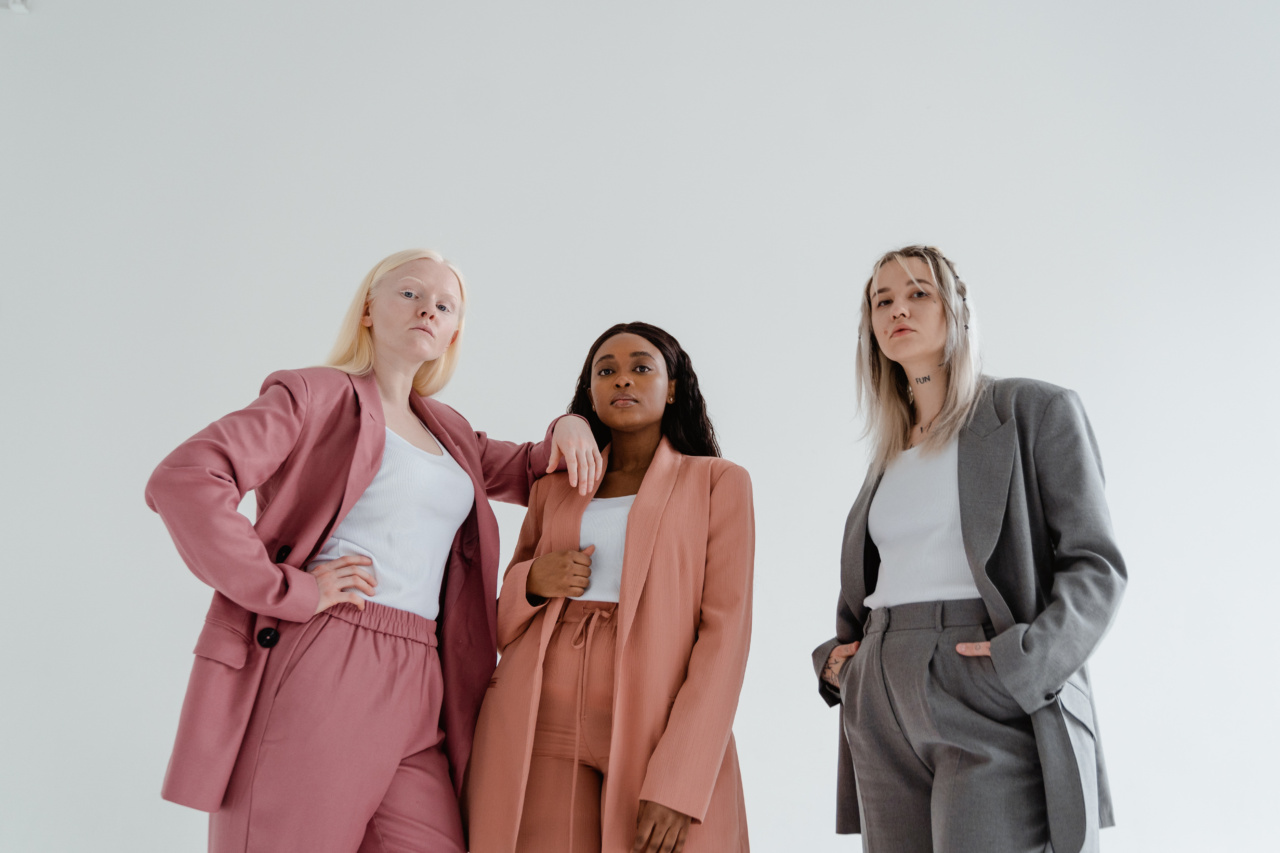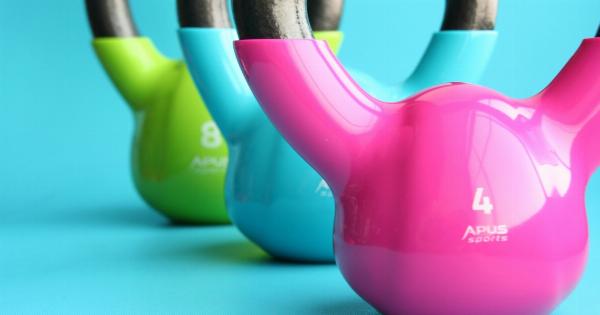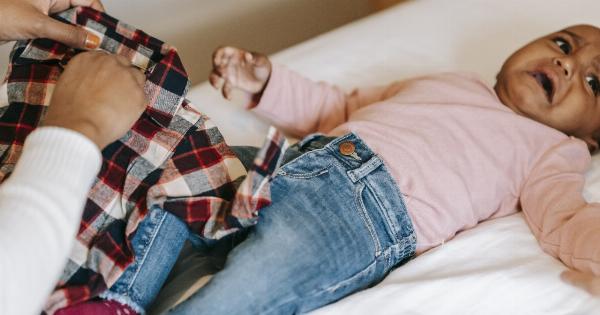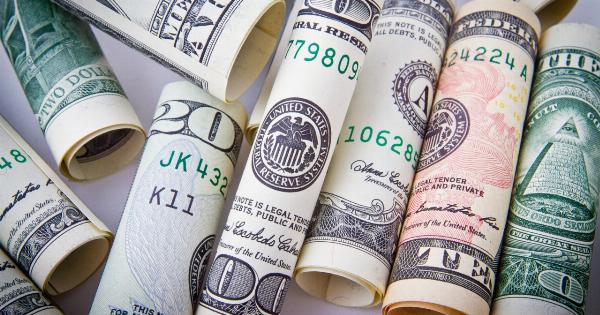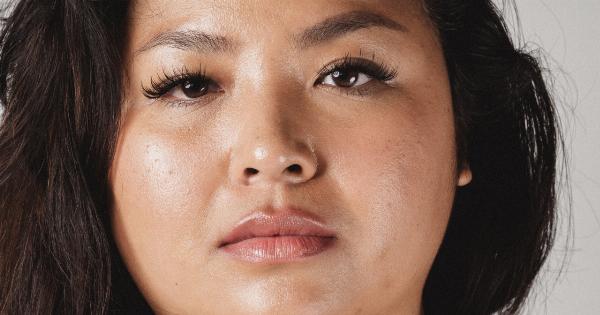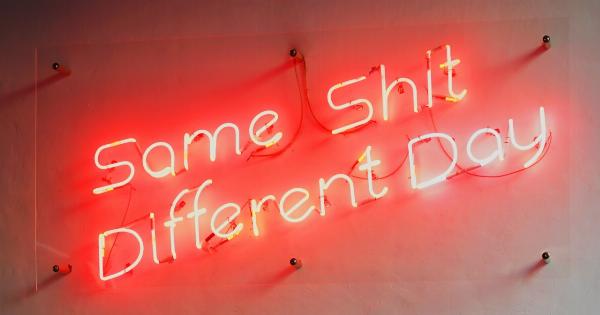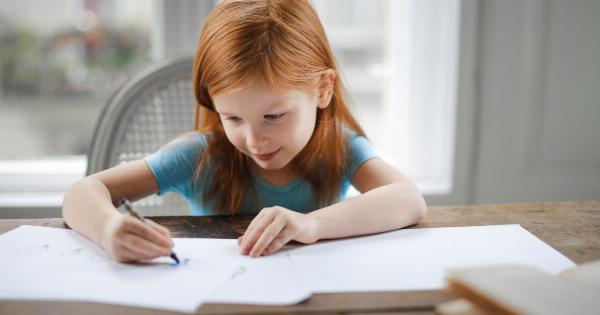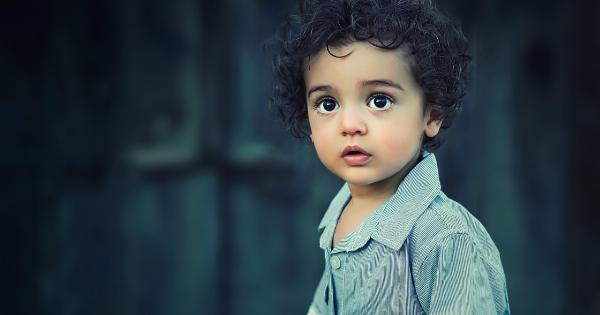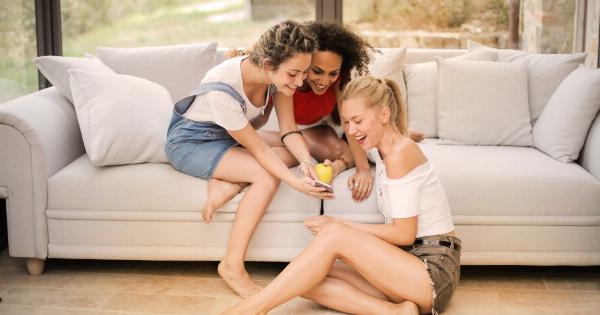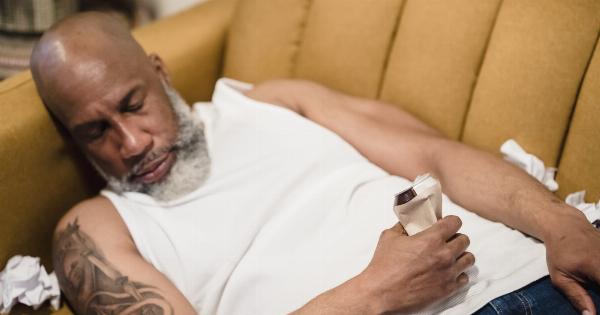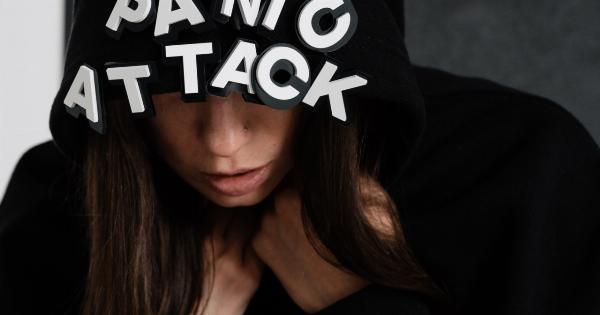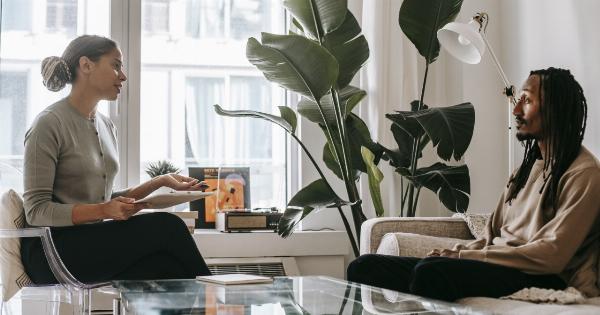Colors play a significant role in our lives, affecting our moods, emotions, and overall well-being. We experience various feelings and sensations when we encounter different colors, often without consciously realizing it.
The psychology of color has been extensively studied, revealing how each hue can evoke specific emotions and influence our behavior. Understanding the connection between colors and emotions can be incredibly valuable in numerous aspects of our lives, including marketing, art, and even personal relationships.
The Power of Red
Red is a vibrant and intense color that grabs attention and stimulates a strong emotional response in many individuals. It is associated with passion, energy, and power. Red can increase heart rate and blood pressure, symbolizing both love and danger.
In marketing, it is often used to create a sense of urgency or provoke excitement. Being a warm color, red can also enhance appetite, explaining why it is commonly used in food advertisements and restaurant logos.
The Calming Effect of Blue
Blue, known as a cool color, evokes a sense of serenity, calmness, and tranquility. It is often associated with cleanliness and freshness. Blue can slow down our heart rate and metabolism, making it an excellent choice for bedrooms and relaxation spaces.
Many technology companies use blue in their branding, as it signals trust, reliability, and stability. On the other hand, too much blue may create a feeling of sadness or depression, so it’s crucial to find the right balance.
The Optimism of Yellow
Yellow is a bright and cheerful color that stimulates energy, happiness, and positivity. It is often associated with sunshine and warmth. Yellow can grab attention quickly, making it an ideal choice for warning signs or cautionary symbols.
In marketing, yellow is often used to attract impulse buyers or create a sense of optimism. However, excessive yellow can lead to feelings of frustration or anxiety, so it should be used sparingly.
The Joyful Vibrancy of Orange
Orange combines the energy of red with the cheerfulness of yellow, resulting in a color that stimulates enthusiasm, creativity, and joy. It is often associated with fun and excitement.
Orange can increase oxygen supply to the brain, invigorating the senses and promoting social interaction. It is frequently used in call-to-action buttons or to signify affordability and affordability.
The Balance of Green
Green is commonly associated with nature, harmony, and growth. It has a calming effect on the mind and body, promoting balance and stability. Green is often used in environmental and health-related contexts due to its connection to nature and healing.
It is also the color of wealth and money, symbolizing prosperity and abundance.
The Mystery of Purple
Purple is often associated with royalty, luxury, and spirituality. It represents power, nobility, and extravagance. Purple has a transformative effect, encouraging creativity and imagination.
It is often used in beauty and anti-aging products, as it is associated with elegance and sophistication. However, too much purple can create feelings of introspection or moodiness.
The Neutral Influence of Gray
Gray is a neutral color that evokes feelings of calmness, balance, and stability. It is often associated with professionalism and sophistication. Gray can help to create a sense of detachment, making it an excellent backdrop for other colors.
Too much gray, however, can lead to feelings of sadness or depression.
The Purity of White
White is often associated with purity, cleanliness, and innocence. It creates a sense of space and openness. White can evoke feelings of peace and tranquility, making it a popular choice for healthcare environments.
In art, white is often used to symbolize innocence or new beginnings.
The Boldness of Black
Black is a color often associated with power, mystery, and elegance. It represents authority and strength. Black can create a sense of depth and sophistication when used correctly.
It is frequently used in luxury brands and formal occasions, as it exudes timeless elegance.
The Vibrancy of Pink
Pink is often associated with femininity, love, and sweetness. It is a color that evokes feelings of compassion, nurturing, and warmth. Pink has a calming effect on the mind and body, promoting relaxation and tranquility.
It is often used in marketing to target products towards women or to create a playful, youthful atmosphere.
The Impact of Color in Marketing and Branding
In the world of marketing and branding, understanding the emotional connections people have with different colors is crucial.
Companies choose specific colors carefully to evoke desired emotions, create brand recall, and even influence purchase decisions. For example:.
The Role of Colors in Art and Design
Colors play a vital role in art and design, allowing artists to convey emotions and messages through their work. Artists use color theory to create visual impact, evoke emotions, and guide the viewer’s attention.
Colors have the power to create harmony or contrast, set the mood, and even tell stories. By carefully selecting and combining colors, artists can enhance the emotional impact of their artwork. For example:.
Applying Color Psychology to Personal Spaces
Understanding the psychology of color can also help in creating a harmonious and emotionally balanced environment within our personal spaces.
By carefully selecting the colors for our walls, furniture, and decor, we can create an atmosphere that promotes well-being and the desired emotional state. Here are a few examples:.
The Importance of Color in Relationships
Colors can also have a significant impact on interpersonal relationships. When we choose what we wear, the colors we select can influence how others perceive and interact with us.
Colors can convey our emotions, personality traits, and even cultural associations. Here’s how colors may affect relationships:.
Conclusion
The connection between colors and emotions is a powerful tool that can be harnessed in various aspects of our lives.
Understanding how different colors invoke different emotions allows us to create impactful marketing campaigns, evoke desired emotions through art and design, curate harmonious personal spaces, and even enhance our interpersonal relationships. Colors are not merely visual stimuli; they have the ability to influence our moods, behaviors, and overall experiences.
